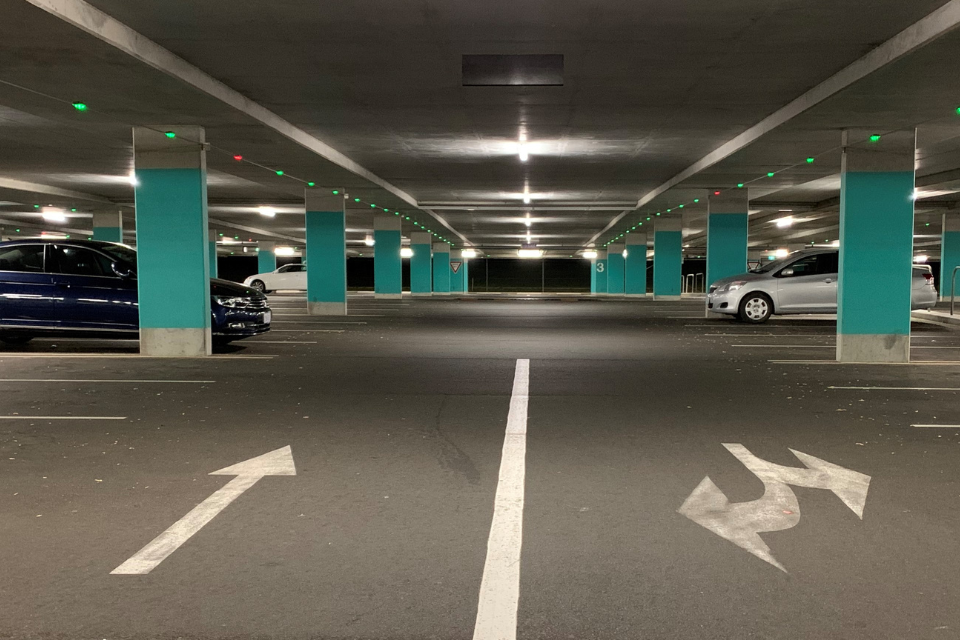

Installing a Parking Guidance System (PGS) in a car park facility is becoming more and more common in a range of settings. Typically used in facilities such as retail centres, airports, university or TAFE campus, theme parks, transport hubs, multi-storey parking facilities, loading docks, and on and off-street parking bays, a PGS offers a range of benefits to both customers and car park owners/managers.
Collecting real time data on vehicle movements through a facility, a PGS contributes to green initiatives by facilitating improved vehicle circulation and flow of traffic, helping to alleviate congestion.
Vehicle throughput and bay occupation data provides analytics for car park management to help optimise their facility by allowing for dynamic demand/supply pricing, the planning of loyalty or permanent parking programs, and insight into when particular parking categories such as short stay, disabled or parents with pram parking see a spike in demand.
There are multiple elements that make up how a parking guidance system works, and these include:
Signage – Dynamic signage reduces the need for costly changes to fixed message signs as and when macro changes to a facility occur. Additionally, they support multiple and more content rich wayfinding messaging and information at entry and key decision points throughout a facility. Signage can come in a range of sizes and with message boards that include imagery and numbers. Longer LED panels can also provide safety and event messaging, which is easily editable via Park Agility’s management system.
Signage is an option at a precinct-wide areas supporting multiple car parks (even when they are not all owned by the same entity) or within individual parking facilities to provide the public with valuable information about parking availability and in the process helping to alleviate congestion on the roads.
Sensors – The sensors within a PGS system are used to detect vehicles moving from one area to another within a facility (eg between levels) as well occupation of an individual car parking bay. At Park Agility, ‘accuracy matters’ and because no two facilities are the same, Park Agility uses a range of sensor technologies to meet diverse environmental requirements, thus ensuring reliable, stable and accurate readings.
Indicator lights above parking bays are used to highlight both the parking category and availability – green lights for general public availability, blue lights to indicate availability of DDA bays and pink lights to register availability of a parents with pram parking bays and other categories. This enables fast and easy information to be delivered to drivers, speeding their time to park; – there is nothing more frustrating than seeing a green light above an already occupied bay.
Management System – the data that is gathered from the sensors is analysed constantly, in real time 24 x 7 to ensure updated wayfinding messaging on the signage throughout the facility. The management system also provides detailed reporting on facility and bay utilisation both in real time and historically, allowing car park managers to more effectively understand utilisation and plan accordingly to optimise their business and asset.
A PGS saves time and increases efficiency, working to reduce congestion and resulting pollutants by providing timely information to support customer and management to make informed decisions. Above all though, a parking guidance system delivers a customer first focus for the end user. Helping to minimise stress by guiding customers to available car parking bays, resulting in a positive customer experience that helps to drive loyalty.